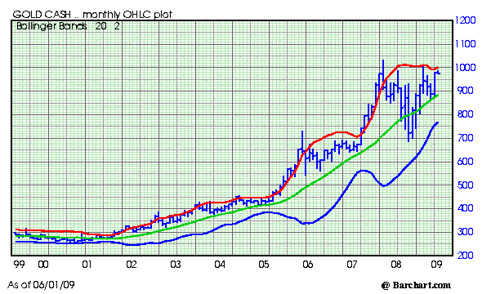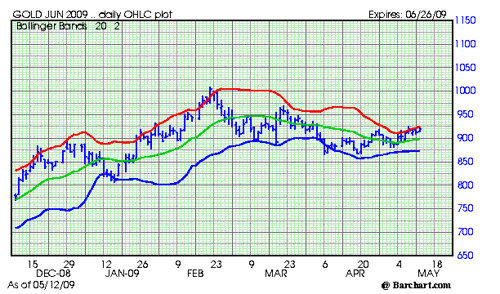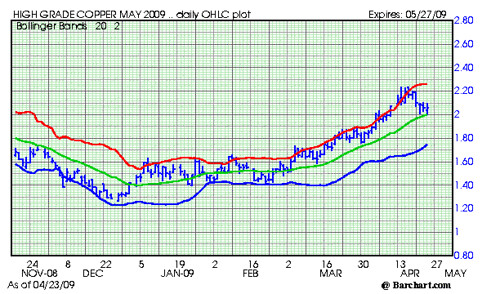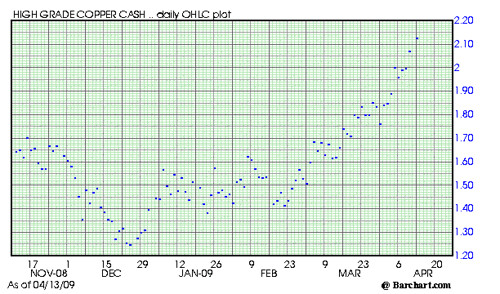
Some day -- maybe even soon -- China will turn pessimistic on the U.S. dollar.The threat that China and others might divest the dollar is starting to cause jitters in the Treasury market. If the countries he mentions held on to their dollar assets --but cut back on their purchases of U.S. Treasuries-- interest rates would spike straight up over a short period of time. The given in this equation is that the amounts of Treasuries coming on the market in the years ahead is enormous.
That means lethal troubles for the future U.S. economy.
When a disorderly run against the dollar occurs, I believe a truly global financial panic is to be feared. China, Japan and Korea now hold dollars not because they think dollars will stay safe.
Why then?.....
Growing supply, and the likelihood that U. S. Treasury debt will get downgraded, means that the risk premium for owning longer dated treasuries is likely to rise and rise sharply. During that early 1990s this risk premium rose to more than five percent.
So lets say we find ourselves with a three percent inflation rate in the next 12-18 months. What is the rate we could see in the ten years treasury?
8-11 percent. Inflation, inflation expectation, dollar risk, supply, plus a fair rate of interest. It is not hard to envision five or more points of risk premium.
Does it make good sense in this environment to be fully invested in stocks?
My guess is that we are going to see a sharp uptick in inflation in the next 12-18 months. Given the enormous expansion in the money supply it is not hard to envision three percent inflation. Add in the necessary risk premium for owning longer dated securities, and it is not hard to envision sharply higher rates.
Right now most analysts continue to mention how inflation is not a problem. In 1980, when inflation was hitting 1.5 percent per month analysts were forecasting higher inflation and higher interest rates right into the peak.
Are we at the trough in inflation now? Is inflation bottoming?
Anybody old enough to remember when the ten year treasury yield was above 15 percent?
Three month treasury bill at 14 percent?
It is time to be risk adverse. Not the time to be betting the ranch in the stock market.
To read the entire Samuelson article go here.
Subscribe to EF Hutton via Email
 Bob DeMarco is a citizen journalist and twenty year Wall Street veteran. Bob has written more than 500 articles with more than 11,000 links to his work on the Internet. Content from All American Investor has been syndicated on Reuters, the Wall Street Journal, Fox News, Pluck, Blog Critics, and a growing list of newspaper websites. Bob is actively seeking syndication and writing assignments. Bob DeMarco is a citizen journalist and twenty year Wall Street veteran. Bob has written more than 500 articles with more than 11,000 links to his work on the Internet. Content from All American Investor has been syndicated on Reuters, the Wall Street Journal, Fox News, Pluck, Blog Critics, and a growing list of newspaper websites. Bob is actively seeking syndication and writing assignments. |
Follow E F Hutton on Twitter
 Wireless Reading Device
Wireless Reading Device 




